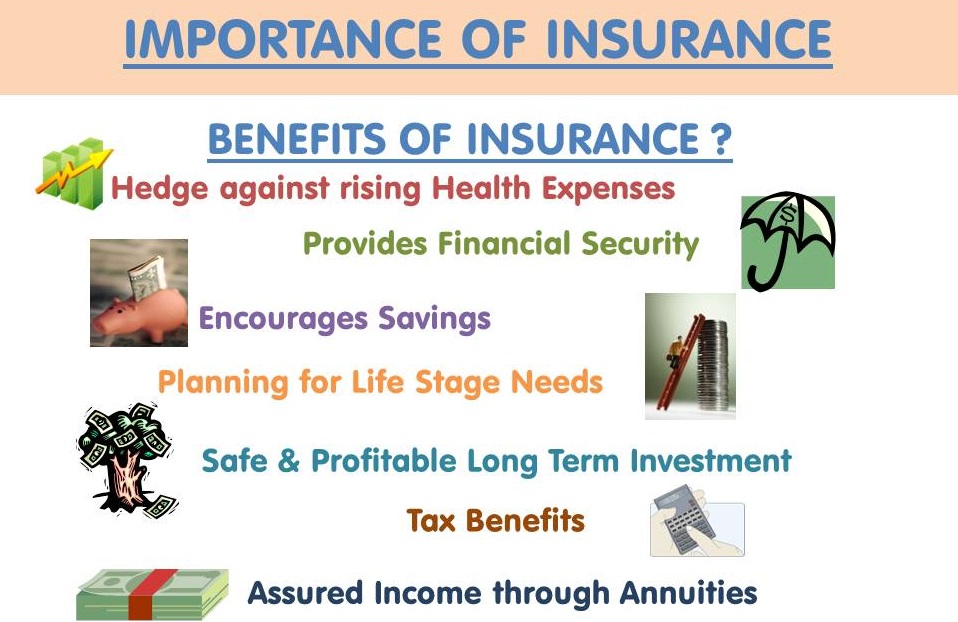An Unbiased View of Pacific Prime
An Unbiased View of Pacific Prime
Blog Article
Pacific Prime - An Overview
Table of ContentsRumored Buzz on Pacific PrimeThe Only Guide to Pacific Prime8 Simple Techniques For Pacific PrimeSome Of Pacific Prime
In many states, the insurer is required to send you a duplicate of the changes to your plan. It is very important that you review Recommendations or Cyclists so you recognize just how your plan has transformed and if the plan is still ample to meet your needs. To get a duplicate of your insurance plan, please call your insurance agent or business.
The Institute of Medicine (IOM) Board on the Effects of Uninsurance launches an extended examination of proof that addresses the value of health and wellness insurance protection with the publication of this report. Insurance coverage Issues is the initial in a series of six records that will certainly be released over the next 2 years recording the reality and effects of having an estimated 40 million individuals in the USA without wellness insurance protection.

The Ultimate Guide To Pacific Prime
The objective of this series of researches is to redouble plan attention on a longstanding issue. Adhering to the longest financial development in American background, in 1999, an estimated one out of every six Americans32 million grownups under the age of 65 and greater than 10 million childrenremains uninsured (Mills, 2000).

Ten percent of the population make up 70 percent of healthcare expenses, a relationship that has stayed consistent over the previous 3 decades (Berk and Monheit, 2001) - group insurance plans. Thus medical insurance continues to serve the function of spreading out threat even as it increasingly funds routine treatment. From the perspective of health and wellness treatment companies, insurance policy lugged by their people helps secure an income stream, and neighborhoods profit from monetarily feasible and secure healthcare practitioners and institutions
Federal government offers medical insurance to populaces whom the personal market may not serve successfully, such as handicapped and senior citizens, and populaces whose accessibility to healthcare is socially valued, such as children and pregnant females. The best ends of medical insurance coverage for the individual and areas, consisting of office neighborhoods of employees and companies, are enhanced health and wellness outcomes and lifestyle.
The Greatest Guide To Pacific Prime
Staff members rate health and wellness insurance initially without a doubt in relevance amongst all the advantages used in the office (Salisbury, 2001). There have been substantial financial investments of individual and public funds to supply health and wellness insurance policy, many individuals still have no insurance coverage. Regardless of comprehensive reporting of survey findings and healthcare research results, the general public remains overwhelmed and mistaken about Americans without medical insurance and the ramifications of lacking coverage.

Without question, the complexity of American healthcare funding systems and the wide range of sources of information include to the general public's complication and apprehension about health and wellness insurance coverage stats and their analysis. This record and those that will certainly follow purpose to distill and offer in conveniently reasonable terms the extensive research study that bears on concerns of medical insurance coverage and its significance.
Fifty-seven percent of Americans questioned in 1999 thought that those without health insurance policy are "able to obtain the care they need from medical professionals and healthcare facilities" (Blendon et al., 1999, p. 207). In 1993, when national interest was concentrated on the issues of the without insurance and on pending wellness treatment regulation, simply 43 percent of those polled held this belief (Blendon et al., 1999).

They likewise obtain fewer preventative solutions and are less likely to have normal look after chronic conditions such as hypertension and diabetes mellitus. Persistent conditions can bring about pricey image source and disabling issues if they are not well managed (Lurie et al., 1984; Lurie et al., 1986; Ayanian et al., 2000). One national survey asked more than 3,400 grownups regarding 15 highly significant or dark problems.
The smart Trick of Pacific Prime That Nobody is Talking About
Additional evidence exists later in this phase in the discussion of insurance and access to healthcare. https://gravatar.com/pacificpr1me. People without medical insurance are young and healthy and pick to do without protection. Practically fifty percent (43 percent) of those checked in 2000 thought that individuals without wellness insurance policy are more most likely to have health problems than individuals with insurance policy
Citizens and policy manufacturers in emphasis group discussions identify those without insurance coverage as youths that have the chance to be covered and feel they do not require it (Concierge Novelli, 2001). Contrasted to those with a minimum of some private coverage, the without insurance are much less likely to report remaining in exceptional or excellent wellness (Agency for Health Care Research Study and Top Quality, 2001).
RESOURCE: Center for Price and Financing Research Studies, Agency for Health Care Research and Quality, based on MEPS data. Young person in between 19 and 34 are even more most likely to lack medical insurance than any kind of other age. This is chiefly due to the fact that they are less often qualified for employment-based insurance policy due to the nature of their task or their brief period in it.
The assumption that people without insurance policy have better-than-average health complies with from puzzling the reasonably young age profile of the uninsured with the better health, generally, of more youthful individuals. This covers the link in between wellness standing and medical insurance. For those without access to workplace medical insurance, inadequate wellness is a possible obstacle to acquiring nongroup insurance coverage due to the fact that such insurance coverage might be very valued, omit preexisting conditions, or be simply unavailable.
Report this page